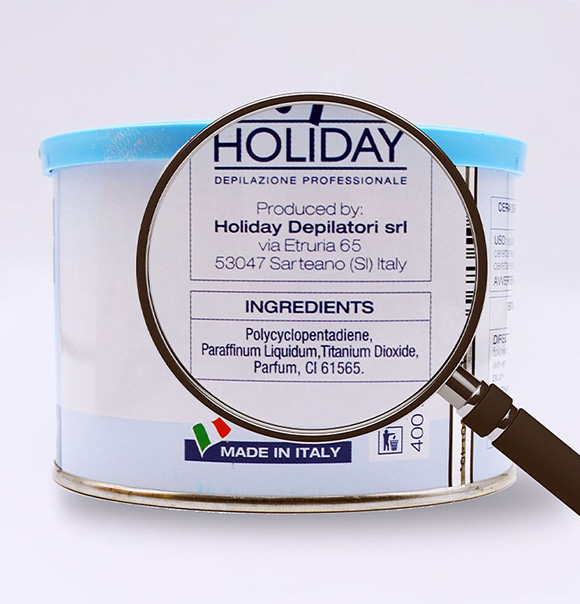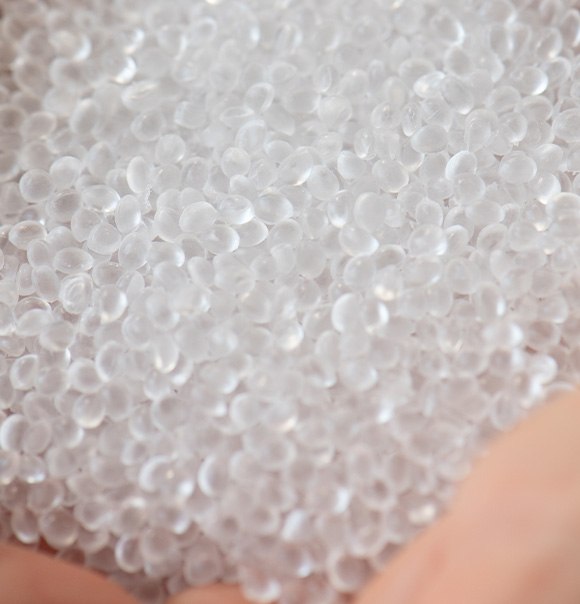Epilation, choosing the right product (look at the inci)

Here we go again! As promised, we continue our journey into the world of hair removal and today we look at how to choose the right product based on its INCI.
Shall we start? The consultation to understand who and what the customer wants was done. The client has turned up on time for the appointment, the cleansing has been done, the epilation method to be done has been outlined, and you are ready to epilate, but … will you have the right tool (product) to do so? The INCI has been the focus of attention for some time now, but do we effectively know what we are reading? Above all, is knowing how to read the INCI enough to know and understand whether we have the right product on our hands? So let us first analyse the ‘pyramid of resins’ to understand what it would be good to choose in order to guarantee a result and well-being for your customer.
The pyramid of RESINS
Let’s start with the base:
COLOPHONY
It is a 100% natural resin and the main resin found in hot waxes, but it is also present in liposoluble waxes, which provides that incredible adhesiveness to the wax itself. However, being an ingredient classified as an allergen, it may cause slight redness and/or contact dermatitis on intolerant or allergic individuals.

GLYCERYL ROSINATE
Let us evolve and improve by moving towards a resin that is still of vegetable origin, but which has the particularity of being purified from the more natural and, therefore, ‘crude’ elements of rosin. This guarantees greater tolerability and gentleness for the skin. It is the resin of common liposoluble waxes such as ‘honey’, ‘rose with titanium dioxide’ or ‘pearl with zinc oxide’. These waxes, when formulated with quality ingredients, have the special feature of being easy to work with, guaranteeing an effective shave on any hair type.
GLYCERYL HYDROGENATED ROSINATE
An important step forward when it comes to resins of natural origin. Thanks to a special processing of Glyceryl Rosinate, a hypoallergenic resin of very high manufacture is obtained which, when used in liposoluble waxes, considerably increases the delicacy of the product, guaranteeing a very tolerable tear.

POLYCYCLOPENTADIENE
The pure, hypoallergenic and odourless resin par excellence. The characteristic feature of the waxes at the base of which we find this ingredient is their high dermocompatibility. It is a colourless and odourless resin that makes it possible to create solutions in which the fragrances or extracts, which are combined to enrich the formulations, elevate the product, giving it not only unparalleled performance but also the pleasure of having it in the cabin, literally acting as an ambience perfumer! Delicacy, easy application and a gentle but effective tug capable of removing all hairs on the first pass, make the wax formulations based on this resin truly high-performance and pleasant, both for the client and the professional. Is this enough? If the product in my booth has one or more of these requirements, does that mean it is of good quality? The answer is a bit more complicated than you might think, but nothing transcendental! A bit like bread or pasta, isn’t it? The main ingredient is wheat or flour, but then we find products that seemingly have the same ingredients but with decidedly different prices!

A GOOD WAX
The litmus test is us! Certainly the price at first may already suggest the quality of the product, but only after the effective purchase can we move on to the ‘tasting’. A good wax is understood to be of excellent quality when heated in the wax heater: it does not change colour, it does not make the classic threads during application (only if we are talking about liposoluble), we do not smell an intense resin odour (a sign that a very crude basic ingredient has been used) or a smell that we can associate with the chemical, or vice versa, once heated, it releases a truly formidable fragrance because at its base are those odourless resins mentioned earlier, of a very high quality.
ASSESSMENT OF WAX PERFORMANCE
The quality of the wax is then verified by assessing its performance, i.e. its capacity to remove hair, its ability to transmit little heat to the skin, its pleasantness for the client (whether the tear is dry and uncomfortable or whether it is elastic and comfortable), its respect for the skin’s health (whether the product is sufficiently tolerated by the skin and does not cause redness and annoying post epilation reactions), and last but not least, the product’s performance. There are waxes that have an incredible spreadability that allows the use of little product, thus raising our margin in the cabin. Now that you have read this article, have you picked up your cans of wax and are you looking at the labels?
Article in collaboration with Estetispa.
